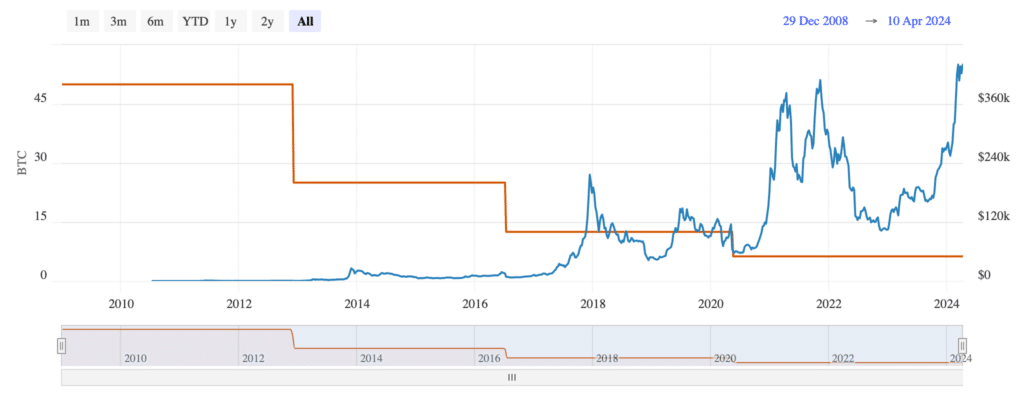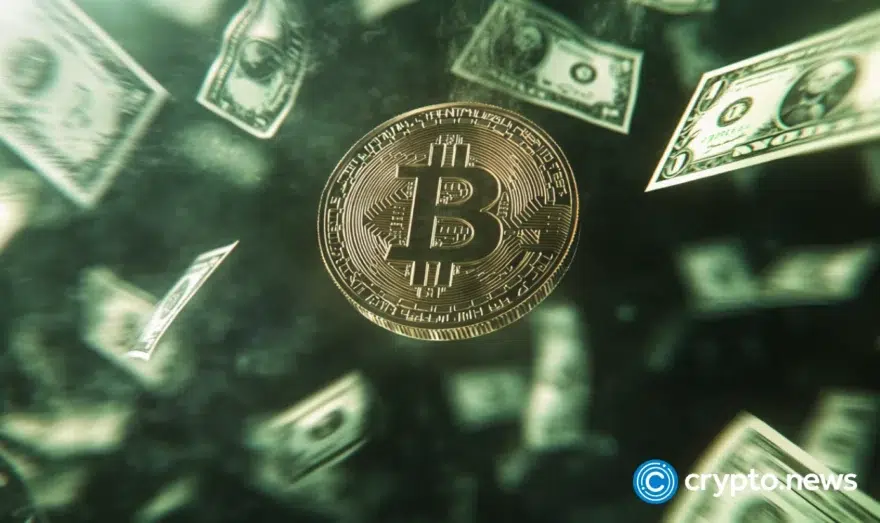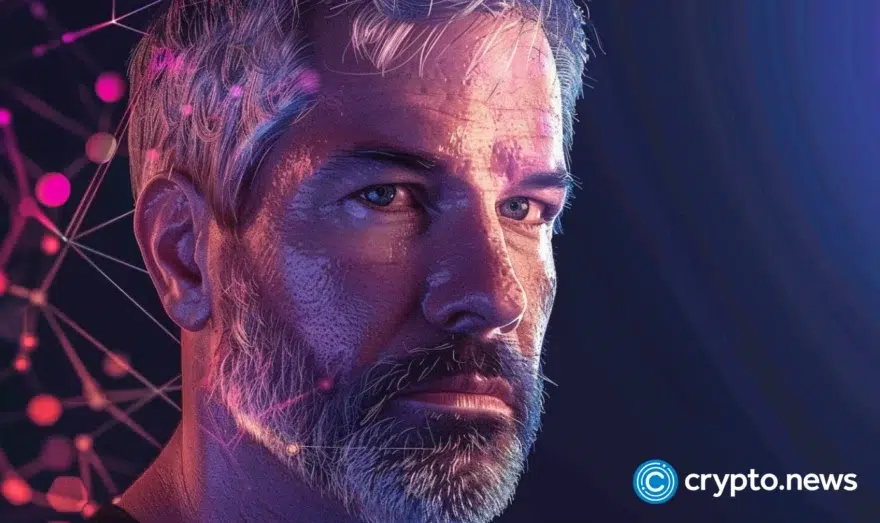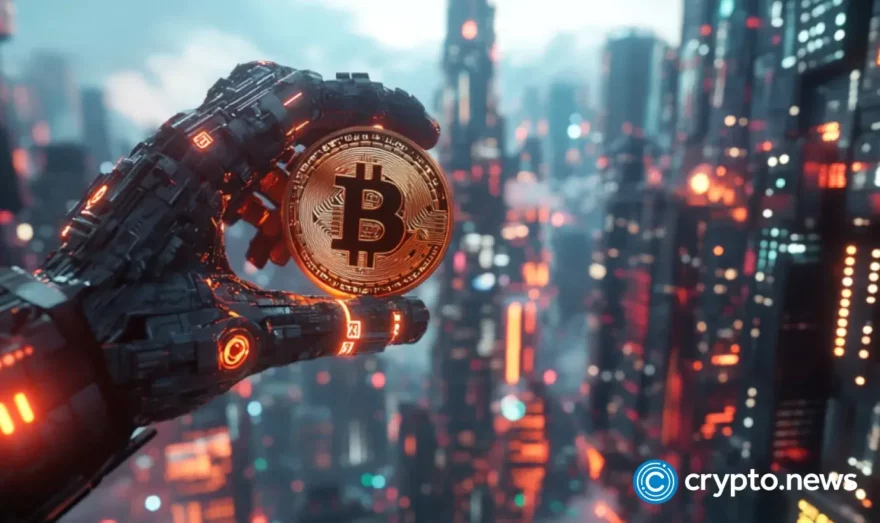What will future Bitcoin halvings look like?

Within the next decade, block rewards will only offer a tiny amount of Bitcoin. What does this mean for miners and the people who rely on this blockchain?
Bitcoin halvings are as rare as World Cups and the Olympics. Why? Because they only happen every four years.
In a world where it’s difficult to predict where BTC’s price will be from one day to the next, halvings offer some certainty over when new coins are going to hit the market.
And given how 93% of Bitcoin’s supply has already entered circulation, here’s something else we know: they’re gonna get harder and harder to find.
A huge 50 BTC block reward was on offer for miners when the blockchain first launched in 2009. This plunged to 25 BTC in November 2012, with another 50% drop to 12.5 BTC in July 2016. The third halving in May 2020 saw rewards dwindle to single digits — 6.25 BTC every 10 minutes — and just 3.125 BTC is generated with each block after this latest reduction.

As we know, there’s good news and bad news for miners. On one hand, April 2024’s halving means there are only 450 Bitcoin up for grabs every day, much less than the 7,200 BTC available on a daily basis 15 years ago.
But on a brighter note, the dollar value of this cryptocurrency has gone through the roof. In fiat terms, 3.125 BTC is worth hundreds of thousands of dollars at current market rates. At the time of the first halving in 2012, 50 BTC would have set you back a mere $600.
So, what are future halvings going to look like? Let’s find out.
When are future Bitcoin halvings?
The exact date is a little hard to predict, but we’ve definitely got a rough figure. Halvings take place every 210,000 blocks — and given a new one is created every 10 minutes or so, the fifth reduction in miner rewards is expected in 2028… falling to 1.5625 BTC. This supply shock will come into force when the Bitcoin network reaches a block height of 1,050,000.
Let’s fast forward now to the 2030s, which is when Cathie Wood predicts a single Bitcoin will be worth $1.5 million — and a staggering $258,000 in her most bearish scenario. The 2032 halving will be significant because it’ll mark the first time that block rewards permanently drop below one whole coin, to 0.78125 BTC. Satoshis, equivalent to one 100-millionth of a Bitcoin, are going to become increasingly important to miners.
Rewards are only going to continue getting more and more diminutive. By the time we get to 2036, miners will receive a mere 0.390625 BTC for their role in keeping the network secure. To put this into context, that’ll mean just 56.25 BTC is going to be released every 24 hours.
Halvings will keep on coming every four years beyond then — each coinciding with when the Summer Olympics are held — in 2040, 2044, 2048, and beyond. Each passing event will turn the reward that miners receive into a rounding error. By 2052, they’ll get just 0.0244140625 BTC as a thank-you for adding a block to the blockchain. At the time of writing, that would be worth just $1,660 in fiat terms. The process will end in 2140 when Bitcoin’s supply is finally exhausted.
What does this mean for miners?
Being a Bitcoin miner is expensive. It takes a lot of electricity and immense computing power to win block rewards, and that means hardware needs to be updated continually. BTC price rises have been able to offset the impact of each halving so far, as you can see here:
| Halving date | New block reward | Price at time of halving | |
| November 2012 | 25 BTC | $12.53 | |
| July 2016 | 12.5 BTC | $650.96 | |
| May 2020 | 6.25 BTC | $8,601.80 |
Given there’s less crypto to go around, miners need to keep costs to a minimum so they can remain financially viable.
As time goes on, the transaction fees paid by the blockchain’s users are going to become an increasingly important source of income. This doesn’t necessarily mean that everyday payments are going to become eye-wateringly expensive for consumers — Layer 2s such as the Lightning Network and other futuristic solutions will take care of those — but the cost of large transfers may have to rise to keep miners in business.
In a recent report, Galaxy predicted that mergers and acquisitions will become more common to minimize energy costs, drive efficiency, raise capital, and achieve growth. We’ve already seen smaller operators start to join forces. But while consolidation is going to be a necessary evil, this could be at the cost of decentralization.
The 2024 halving is different in many ways. Not only does it come hot off the heels of Bitcoin ETFs launching in the U.S., attracting a swell of new investor interest, but this year marks the first time that BTC’s price has hit a new record high before block rewards have been slashed. As the market shifts, miners will have to adapt, too.
















